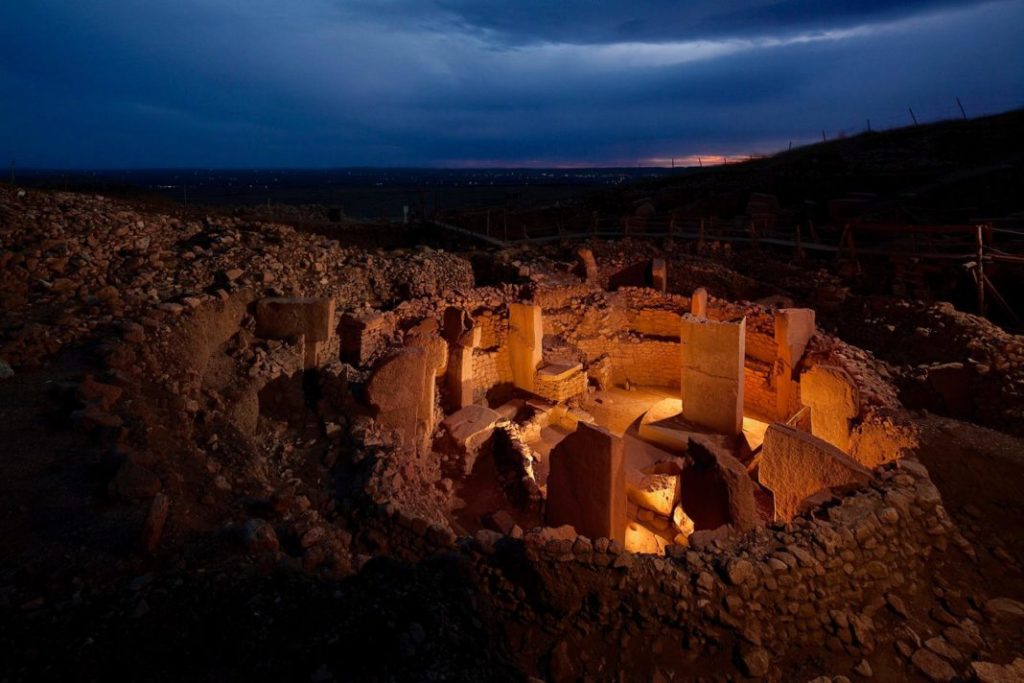Did you know that there are 21 UNESCO World Heritage Sites in Türkiye?
There are 19 cultural heritage sites and 2 mixed heritage sites. Mixed heritage sites contain elements of both natural and cultural significance.
If you enjoy visiting cultural and historic sites, here’s part one of two articles that may help you to choose the ones for your next trip to Türkiye.
Sites on the World Heritage List (Cultural)
Afrodisias (Aphrodisias)
Located in Southwestern Türkiye, some two and a half hours’ drive inland from Kuşadaşı, the archaeological site at Afrodisias is one of Türkiye’s finest. Because of its isolated position, so much of the site still survives and you can get a very real sense of the grandeur and extent of the ancient city.
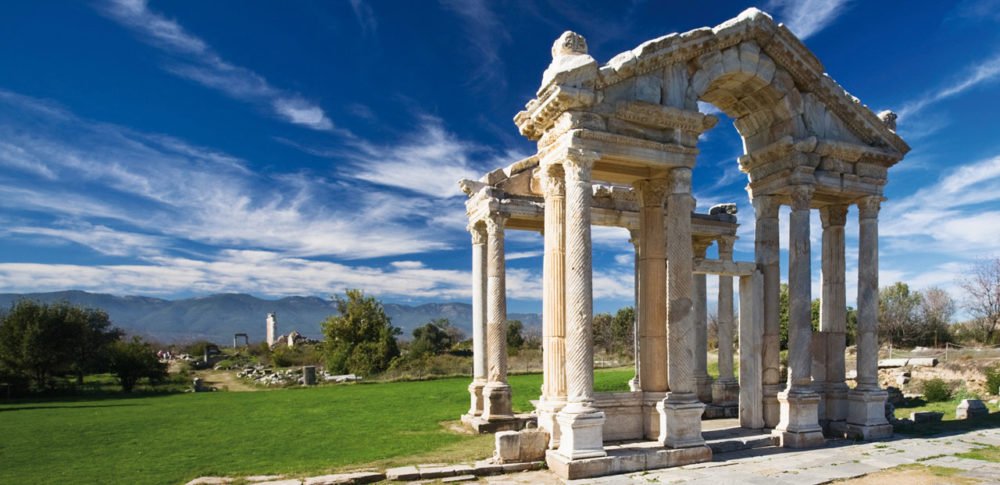
The temple of Aphrodite dates from the 3rd century BC and the city was built one century later. The wealth of Aphrodisias came from the marble quarries and the art produced by its sculptors. The city streets are arranged around several large civic structures, which include temples, a theatre, an agora and two bath complexes. Afrodisias was added to the World Heritage List on Sunday 9th July 2017.
Archaeological Site of Ani
Registered on the UNESCO World Heritage List, the Ani archaeological site, also known as the “city of a thousand and one churches”, attracts tourists all year round. The ancient city, which houses Islamic architectural works of the 11th and 12th centuries, was added to the World Heritage List on July 15, 2016.
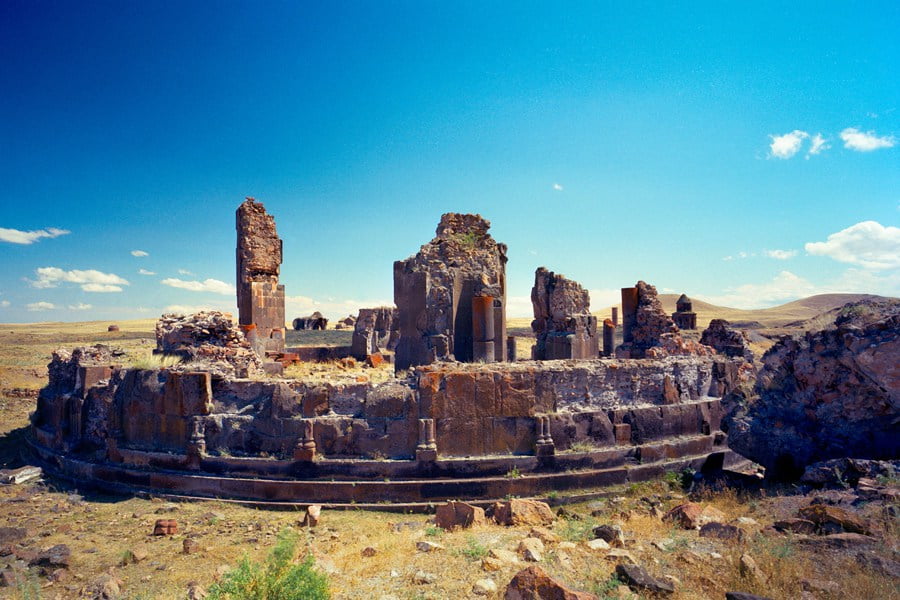
Click on the link below to read our previous article about Ani.
Archaeological Site of Troy
One of the most important ancient settlements in the world, located at the top of Hisarlık hill about 30 kilometres south of Çanakkale, the history of Troy city dates back to five thousand years ago.

Homer’s work regarded as the origin of European literature was based on the city, which was included in UNESCO World Cultural Heritage List in 1998.
Arslantepe Mound
Arslantepe, an archaeological site in Malatya, Türkiye dating back to the 6th millennium BCE, boasts an adobe palace and the earliest swords in the world.
The archaeological mound in southeastern Türkiye was chosen for UNESCO’s World Heritage List on July 26, 2021.
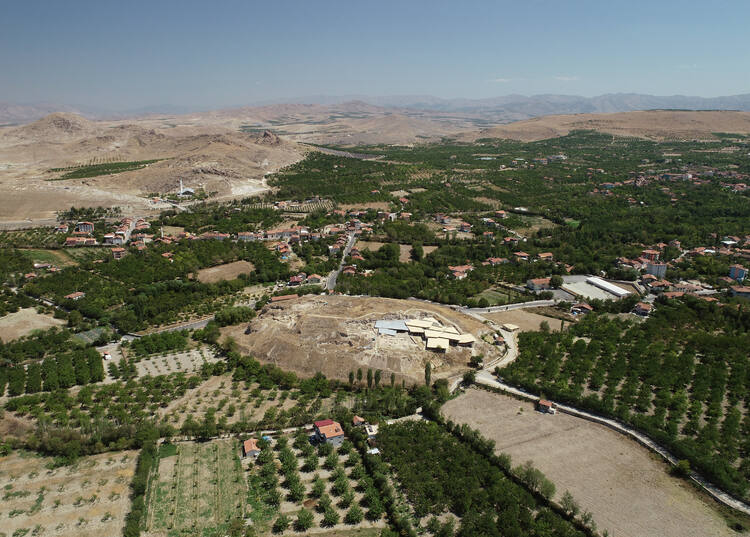
Arslantepe Mound (meaning “Lion Hill” in Turkish), is a 30-metre-tall archaeological tell located in the Malatya plain, 12 km southwest of the Euphrates River. Archaeological evidence from the site testifies to its occupation from at least the 6th millennium BCE up until the late Roman period.
Arslantepe Mound had been on UNESCO’s World Heritage Tentative List since 2014, and it is one of Türkiye’s earliest religious and civil sites. The mound is thought to date back 8,000 years. Archaeological evidence from the site testifies to its occupation from at least the 6th millennium BCE up until the late Roman period.
The mound has been home to many civilisations over centuries. UNESCO details them as “The earliest layers of the Early Uruk period are characterized by adobe houses from the first half of the 4th millennium BCE. The most prominent and flourishing period of the site was in the Late Chalcolithic period, during which the so-called palace complex was constructed.
Bursa and Cumalıkızık: the Birth of the Ottoman Empire
Perched on the wooded northern slopes of Uludağ, Bursa was the first capital city of the Ottoman Empire and, in a real sense, the birthplace of modern Turkish culture.
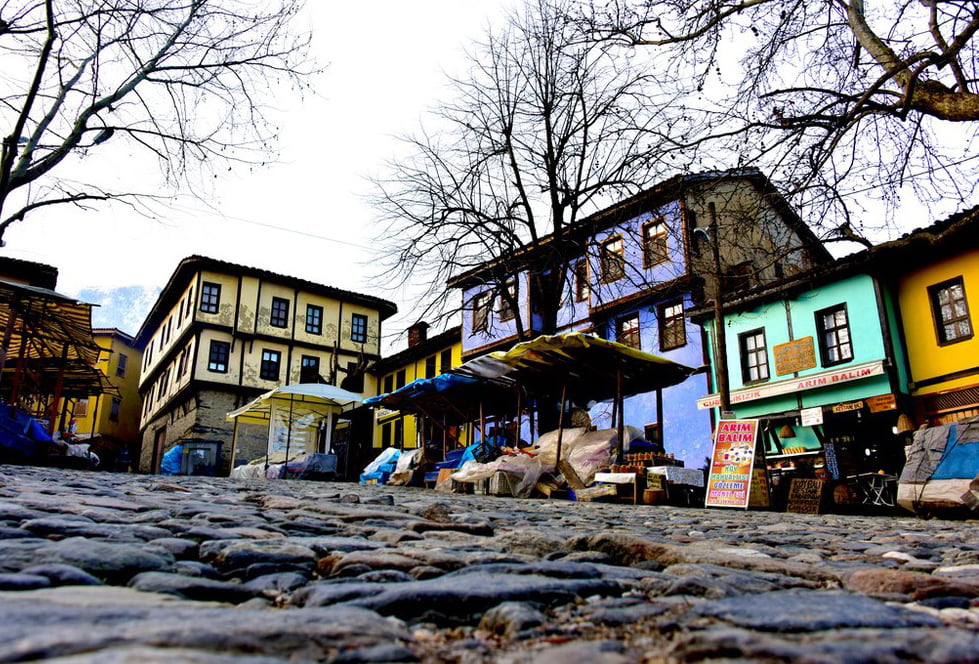
The site illustrates the creation of an urban and rural system establishing the Ottoman Empire in the early 14th century. Cumalıkızık is a village in the Yıldırım district of Bursa Province, located 10 kilometres east of the city of Bursa, at the foot of Mount Uludağ. Its history goes back to the Ottoman Empire’s foundation period. Bursa and Cumalıkızk were added to the World Heritage List in 2014.
City of Safranbolu
Safranbolu is a town in the Black Sea region of northern Türkiye, once a stop on the trade route between Europe and the Orient.
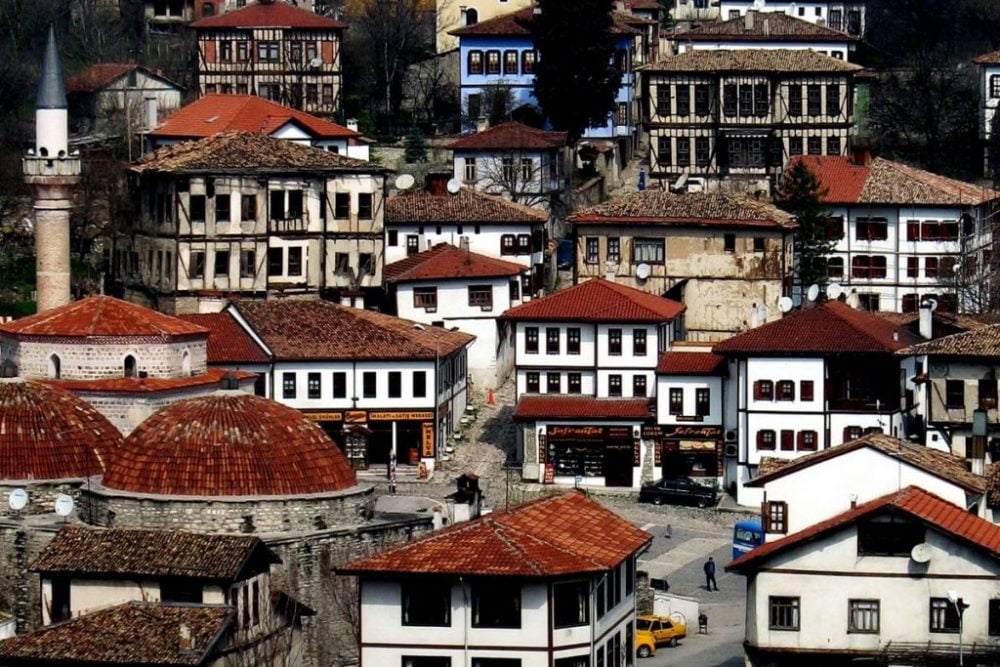
Its Ottoman architecture includes the old Çarşı district, with hundreds of preserved, red-roofed Ottoman houses on cobblestone streets. Cinci Han is a 17th-century caravansary with rooftop views over the town. Nearby, Tarihi Cinci Hamam is a restored 17th-century bathhouse, still in operation. Safranbolu was added to the World Heritage List in 1994.
Diyarbakır Fortress and Hevsel Gardens Cultural Landscape
Located on an escarpment of the Upper Tigris River Basin that is part of the so-called Fertile Crescent, the fortified city of Diyarbakır and the landscape around has been an important centre since the Hellenistic period, through the Roman, Sassanid, Byzantine, Islamic and Ottoman times to the present.

The site encompasses the Inner castle, known as İçkale and including the Amida Mound, and the 5.8 km-long city walls of Diyarbakır with their numerous towers, gates, buttresses, and 63 inscriptions. The site also includes the Hevsel Gardens, a green link between the city and the Tigris that supplied the city with food and water, the Anzele water source and the Ten-Eyed Bridge. Diyarbakır Fortress and Hevsel Gardens Cultural Landscape were added to the World Heritage List in 2015.
Ephesus
Famous throughout history for its Temple of Artemis, one of the Seven Wonders of the Ancient World, this great and sacred city lay in ruins until the early 20th century.
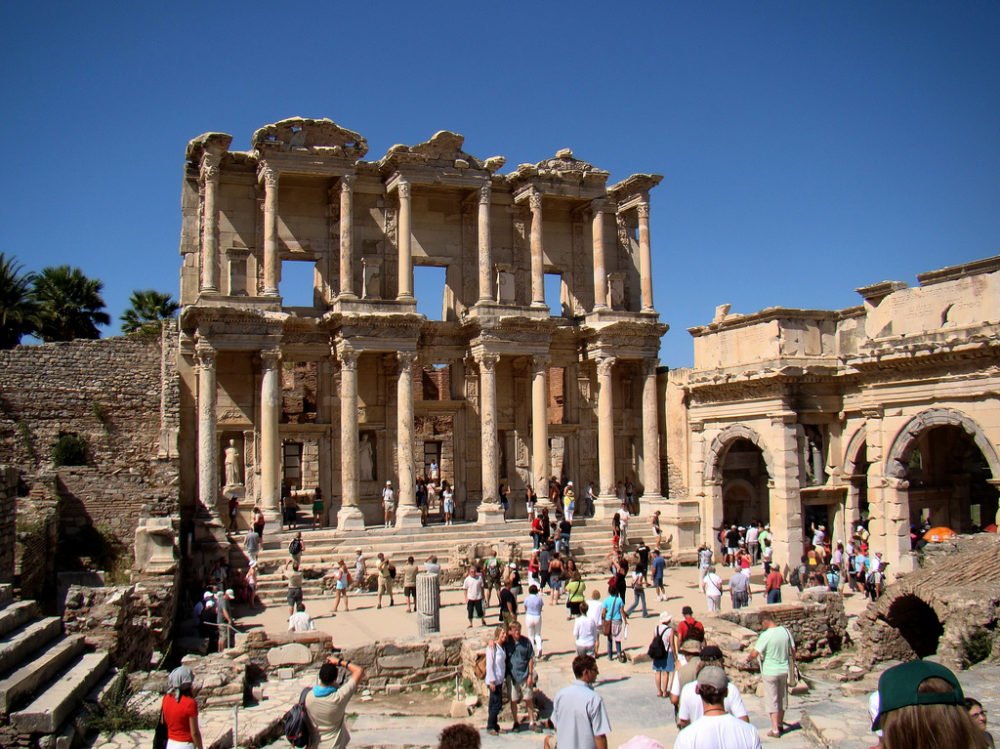
Now it is one of the most extensive archaeological sites in the world. Ephesus was added to the World Heritage List in 2015.
Click on the link below to read our previous article about Ephesus.
Göbekli Tepe
Göbekli Tepe, which means Potbelly Hill in Turkish, dates back nearly 12,000 years and is considered one of the world’s oldest temples, featuring massive carved stones and T-shaped pillars that predate the invention of agriculture.
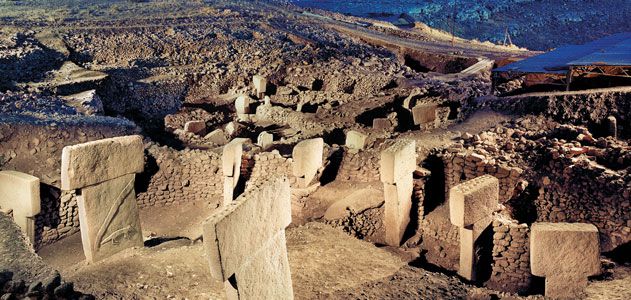
Göbekli Tepe was added to the World Heritage List in 2018.
Gordion
The archaeological site of Gordion ranks as one of the most important historical centres in the ancient Near East. Gordion lies approximately ninety kilometres south-west of Ankara in central Türkiye, at the intersection of the great empires to the east (Assyrians, Babylonians, Hittites) and the west (Greeks, Romans). Consequently, it occupied a strategic position on nearly all trade routes that linked the Aegean and Mediterranean seas with the Near East. Gordion is an outstanding archaeological site for understanding the Phrygian civilisation and its achievements. The buildings of its Early Phrygian citadel, and the burial mounds of the city’s rulers, constitute the exceptional exemplars of monumental architecture in the Iron Age Near East.

Gordion was added to the World Heritage List in 2023
Sources: UNESCO/Wikipedia/Featured image courtesy of National Geographic
This post was first published on 9 December 2021 and updated on 14 November 2023

